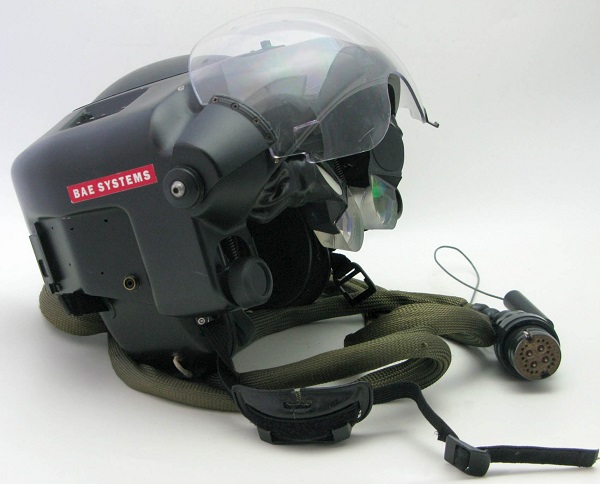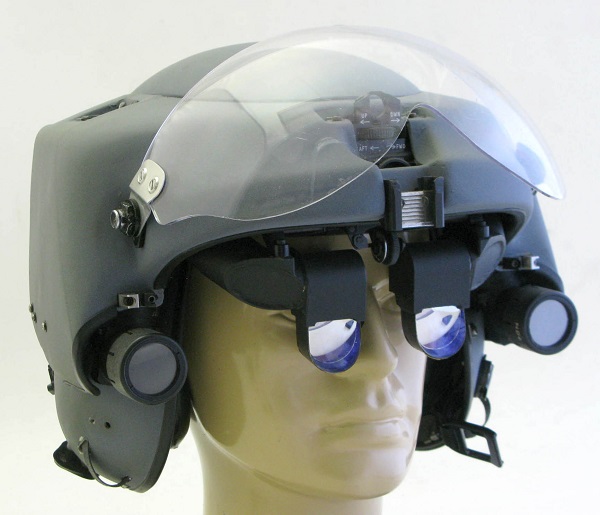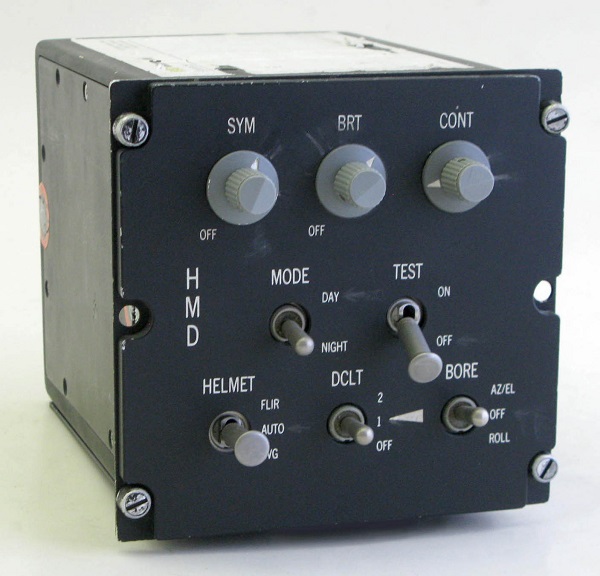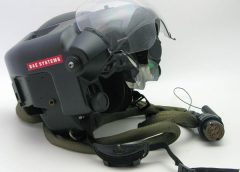
HMD Origins: In 1963, Bell Helicopter company in Fort Worth, Texas experimented with a pilot controlled night vision system. The servo-controlled remote viewing device employed a headset displaying an augmented view of the ground for the pilot via an infrared camera mounted under the helicopter. The remote vision system display was similar to the Philco system. Ivan Sutherland’s breakthrough was to imagine a computer to supply graphics output to the viewing device. Sutherland modestly stated, “My little contribution to virtual reality was to realize we didn’t need a camera – we could substitute a computer. However, in those days no computer was powerful enough to do the job so we had to build special equipment”.
Bell System HMD Specs…
Name: Bell System HMD
Maker: Bell Helicopter Company
Released: 1963
Type: PC Powered
Display: X2 25mm CRT
Field of View(FOV): 40°
Refresh Rate: 10 Hz
Launch Price: Never Sold To Public
Weight: 2,070 g (73.01 oz)

Features: Bell Helicopter Company, in 1960’s, performed several early camera-based augmented-reality systems. In one, the head-mounted display was coupled with an infrared camera that would give military helicopter pilots the ability to land at night in rough terrain. An infrared camera, which moved as the pilot’s head moved, was mounted on the bottom of a helicopter. The pilot’s field of view was that of the camera.

This demonstrator Helmet Mounted Display has a complete day and night capability. The binocular optical system provides a fully overlapped 35°field-of-view. The helmet has two 25mm CRTs, which can project an image into each eyepiece (similar to the Cats Eyes optics) and this image will overlay the direct view of the outside world. There are image intensified cameras located at each side of the helmet from which a night time image can also be projected into the eyepieces and combined with symbology as required. The HMD is a modular design in which the an inner helmet shell is form-fitted to the pilot for comfort and an outer shell upon which are mounted the electro-optical units appropriate for the planned mission. This outer module forms the front area of the helmet surrounding the face and includes the visor. INVS was the top of a range of helmet systems called Knighthelm™ which started with a simple monocular sight through to the full INVS. The system was used as part of the US Navy’s I-Nights technology-evaluation programme.
